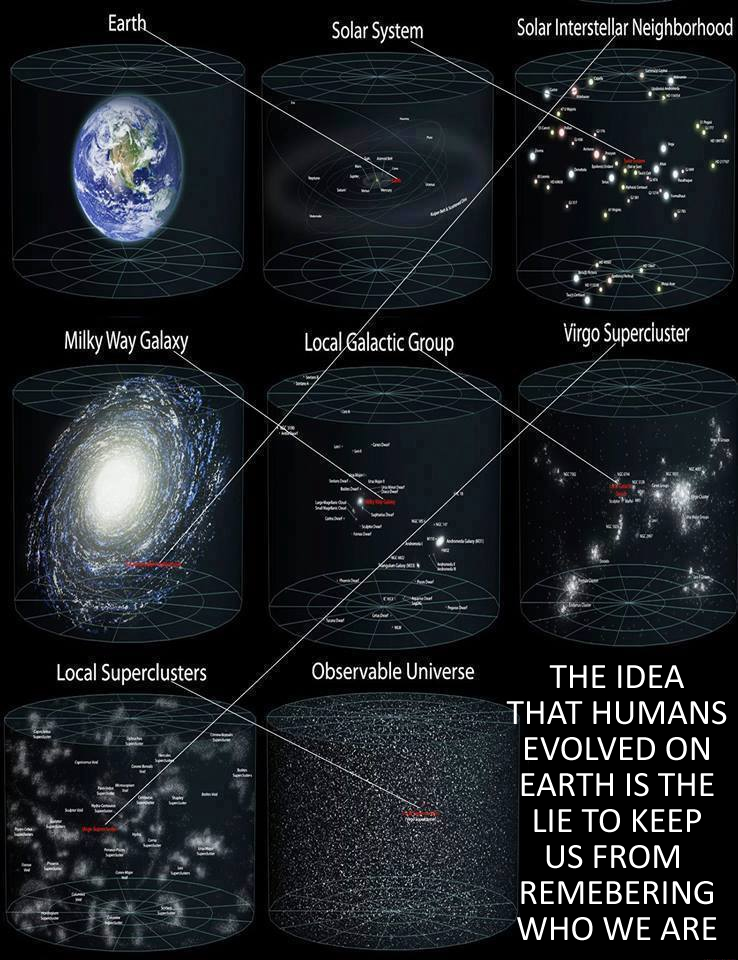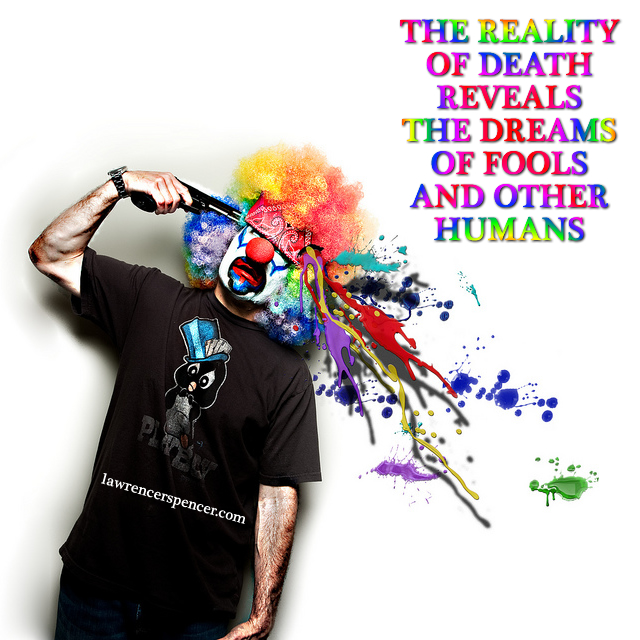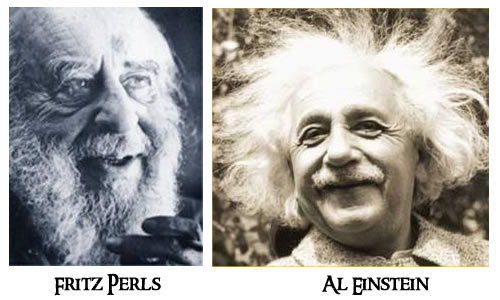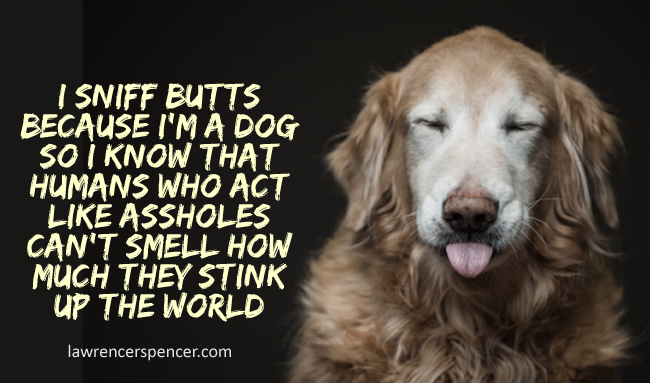Republished by Blog Post Promoter
History has proven that Stupid Humans have been more devastating to Middle-Earth and Planet Earth, than a billion truckloads of Balrogs and Orcs! If Gandalf had listened to Galadriels advice, he might not have saved the Hobbits and Stupid Humans from the Balrog at the Bridge of Khazad-dum. Then, Saruman the White could have been victorious over the Stupid Humans and The Earth might have been saved from pollution and destruction by Stupid Humans! (No doubt, the Stupid Humans exterminated all the Hobbits too, just like they massacred the Native Americans and all the rest of the indigeounous people of Earth.)
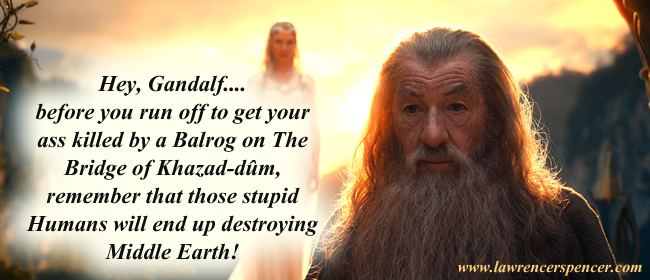
Gandalf is a character in J. R. R. Tolkien’s novels The Hobbit and The Lord of the Rings. In these stories, Gandalf appears as a wizard, member and later the head (after Saruman’s betrayal and fall) of the order known as the Istari, as well as leader of the Fellowship of the Ring and the army of the West. In The Lord of the Rings, he is initially known as Gandalf the Grey, but returns from death as Gandalf the White.
Balrogs are fictional demonic beings who appear in J. R. R. Tolkien’s Middle-earth legendarium. Such creatures first appeared in print in his novel The Lord of the Rings, though they figured in earlier writings that posthumously appeared in The Silmarillion and other books. Balrogs are described as tall and menacing with the ability to shroud themselves in fire, darkness, and shadow. They frequently appeared armed with fiery whips “of many thongs”, and occasionally used long swords. In Tolkien’s later conception, they could not be casually destroyed—significant power was required. Only dragons rivaled their capacity for ferocity and destruction,and during the First Age of Middle-earth, they were among the most feared of Morgoth’s forces.
Galadriel is a character created by J.R.R. Tolkien, appearing in his Middle-earth legendarium. She appears in The Lord of the Rings, The Silmarillion, and Unfinished Tales. She was a royal Elf of both the Noldor and the Teleri, being a grandchild of both King Finwë and King Olwë, and was also close kin of King Ingwë of the Vanyar through her grandmother Indis. She was one of the leaders in the rebellion of the Noldor and their flight from Valinor during the First Age, and she was the only prominent Noldo to return at the end of the Third Age. Towards the end of her stay in Middle-earth she was co-ruler of Lothlórien with her husband, Lord Celeborn, and was referred to variously as the Lady of Lórien, the Lady of the Galadhrim, the Lady of Light, or the Lady of the Golden Wood. Her daughter Celebrían was the wife of Elrond and mother of Arwen, Elladan and Elrohir. Tolkien describes Galadriel as “the mightiest and fairest of all the Elves that remained in Middle-earth” (after the death of Gil-galad) and the “greatest of elven women”.
Saruman the White is a fictional character and a major antagonist in J. R. R. Tolkien’s fantasy novel The Lord of the Rings. He is leader of the Istari, wizards sent to Middle-earth in human form by the godlike Valar to challenge Sauron, the main antagonist of the novel, but eventually desires Sauron’s power for himself and tries to help the Dark Lord take over Middle-earth. His schemes feature prominently in the second volume, The Two Towers, and at the end of the third volume, The Return of the King. His earlier history is given briefly in the posthumously published The Silmarillion and Unfinished Tales. Saruman is one of several characters in the book illustrating the corruption of power; his desire for knowledge and order leads to his fall, and he rejects the chance of redemption when it is offered. The name Saruman means “man of skill”;he serves as an example of technology and modernity being overthrown by forces more in tune with nature.
Orcs are a race of creatures who are used as soldiers and henchmen by both the greater and lesser villains of The Silmarillion and The Lord of the Rings — Morgoth, Sauron and Saruman. The Orcs also work independently as the common antagonists in The Hobbit, though in that work they are more often called Goblins. Although not entirely dim-witted and occasionally crafty, they are portrayed as miserable beings, hating everyone including themselves and their masters, whom they serve out of fear. They make no beautiful things, but rather design cunning devices made to hurt and destroy.
